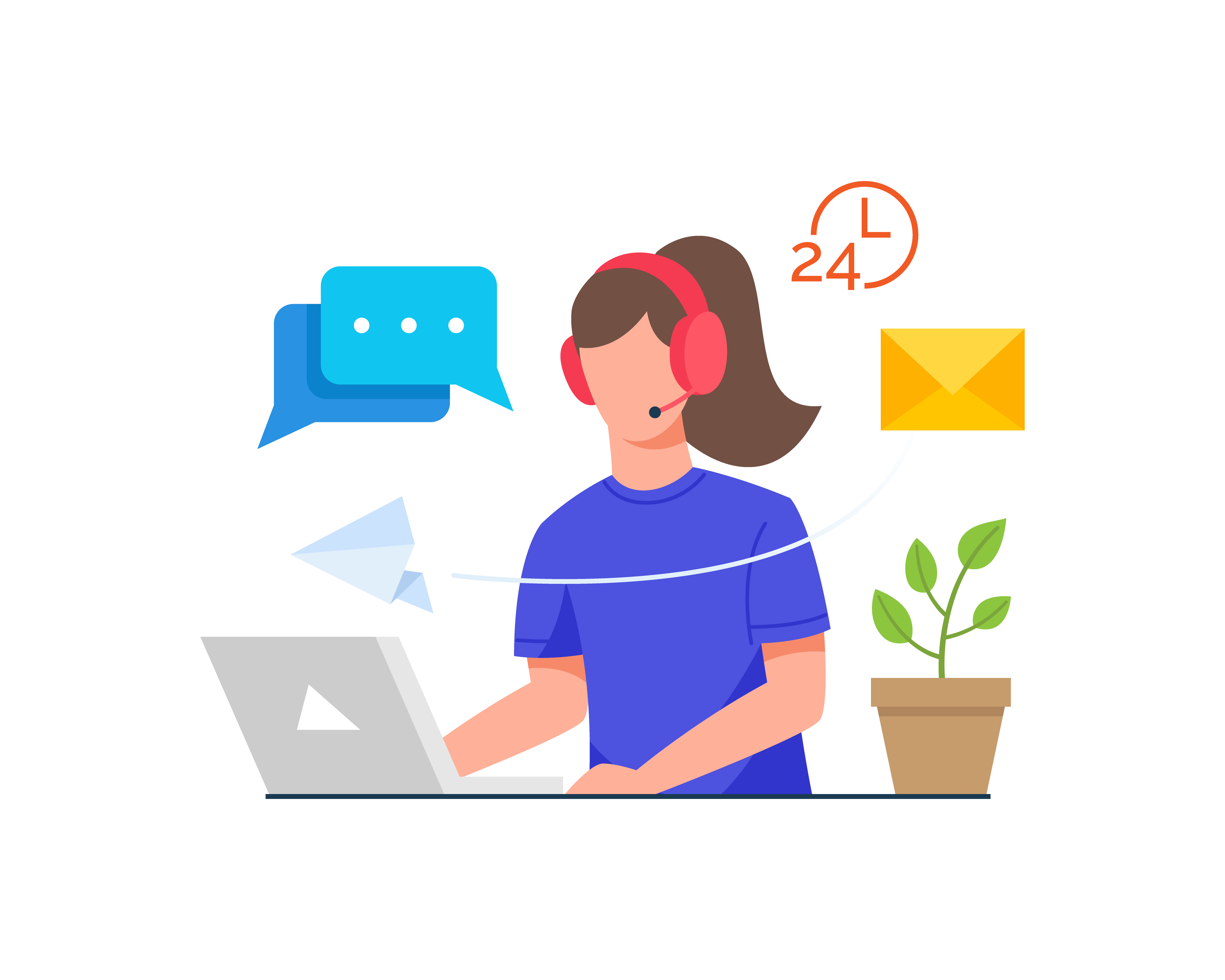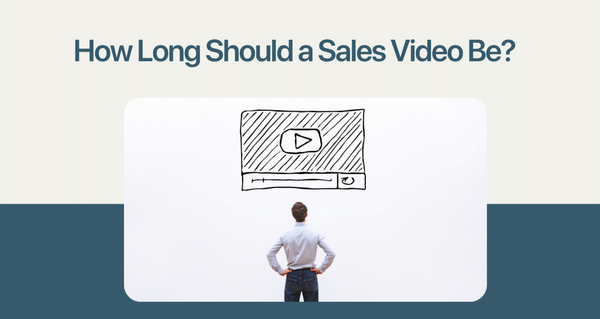Lead generation is the process of capturing prospects for your business and captivating them to turn into your customers. This happens through a series of planned sequences that will strategically convert your sales leads into loyal customers. Often, it is believed that the process of lead generation ends with attaining the required information of the prospect. But in reality, the cycle starts with converting a lead into a customer and converting the same customer back into a lead. It is more like carving a path for Customer Lifetime Value.
Sales Lead Generation is a key part of the sales funnel but is not the whole sales funnel itself.
Types of Sales Leads

Here are the two major types of leads you would have to build a sales funnel for -
1. Inbound Leads
These are the ones that are aware of your existence and have reached out to your brand. Here the whole pipeline process is carried out to build a solid relationship with them and win the trust.
Inbound lead generation includes increasing website traffic, improving your digital presence, building great content, campaigns and ranking in search engines.
2. Outbound Leads
These are the type of leads who are completely unaware of you and your brand.
They are more like the target audience in whom you see the potential buyer. Outbound lead generation can be quite tricky and slightly more expensive than the inbound lead generation. Because in Outbound Lead generation you will have to capture the leads through campaigns and content.
Step By Step Process For Effective Lead Generation
Be it inbound leads who have a certain liking for your brand or outbound leads whom you have to introduce your brand to, the following Lead Gen System will change the way you generate leads forever. Read on...
1. Research and Target

Here’s the truth - Generating leads is easy.
But generating leads that actually convert is the real challenge.
That is why it is very important to understand who your potential customers are.
Step 1 - Find Your Audience
You can find them through various sources.
3. Surveys
4. Existing Customers etc
5. Competitors profiles
Scan through these platforms and understand who would actually be interested in your product.
Step 2 - Segment Them
Once you identify your potential customers, categorise them into 4 groups of the target audience.
You could do this using the main criteria that would group them together.
Age, profession, purpose, etc are a few criteria to name.
Even though having 2 or 3 groups of the target audience is also enough, it is advisable to have 4 groups.
Lead Segmentation is an important aspect of converting Prospects to customers because it helps you build content that is extremely targeted. This way you also ensure that no one is missed.
Step 3 - Understand Them
Now that you have your target audience groups, try and understand each of the categories intricately.
This step should go beyond the point of sales and be more at a personal level.
Firstly, name each of your target groups.
Then estimate their age, profession, marital status, hobbies, interests, their location, etc
You could use demographics, Analytics and purchasing habits to your advantage.
Once you establish the personal level understanding, get on to the sales stuff.
Make a list of their fears, desires, pain points and everything else that would help you build content for them.
Remember to keep these exclusive to each category.
2. Create Content for Each Category

After carrying out the target market research, you would be having a large set of information about your target audience.
Use this as the canvas to build content that-
1. actively promotes your leads,
2. highlights your solution to their pain points
3. promises to satiate their desires
You may not be able to cover all the above aspects in a single piece of content. That is why it is important to build a series of content that addresses each of the necessities.
The overlay of all these will tighter create the impact that would help you capture your leads.
You can present these pieces to your audience at different points in the sales funnel. These act as lead magnates.
Blog posts, e-books, social media creatives, etc alongside ad copies, pop-ups, etc are some tried and tested methods of attracting leads.
Content marketing and Lead Generation are two concepts that are tightly bound together. The quality of your content defines the effectiveness of your lead generation process.
The main purpose of it is to persuade your lead into becoming a customer.
So craft content that hits your target audience at the right points and persuades them to give out their contact information.
3. Find The Right Channels

At this point, you know whom to target and how to, for your pipeline generation process.
You will now have to determine where you’d be placing your lead magnets so that they reach your potential customers.
This predominantly depends on the profiles of your target audience.
For instance, if one of your target audience groups consists of freelancers, you’d probably capture them on LinkedIn, Pinterest, Behance, etc.
This is a very vague example of how you determine their habitat.
For a more in-depth understanding of the same, go through each of the target audience categories carefully.
Their Purchasing habits, interests, age group, demography and other factors are the clues that help you determine a set of channels that you could use to reach them.
The most popular channels for targeting your potential customers are Social Media, Search Engines, Email Marketing, Website and Landing Pages.
Once you rightly place your lead magnets, capture the information of your leads.
You could collect comprehensive data that would help you reach out to them.
4. Nurture And Score The Leads

Once you’ve done all this, it’s time to nurture your leads.
After you collect all the relevant information, begin interacting with them. Make a funnel of content that introduces your brand to the lead.
The process of introducing your brand to the lead to converting them into actual clients would be a long process.
Firstly, you will need to grab their attention by making a great first impression. Send them value-added content and goodwill messages that would help them understand that you are not a selfish brand.
Once you've established a good impression, move to more sales promoting content. It could be something as simple as a product's features, a new launch or maybe the packages you offer.
But before you go any further, you must score your leads.
Lead scoring is very important to estimate the sales readiness of your lead. Statistics say that only 21% of your marketing leads convert into sales. With that established, it would be wise to channel your efforts onto the ones that are more likely to convert. This remains true for both your inbound and outbound leads.
As you go further, score your leads based on KPIs. Mail opening, file downloading, filling information, post engagement, etc are some good examples for KPIs
Based on the scores, navigate the Qualifying leads through a content funnel. Even though it does not mean to abandon your less scored leads, it is important to focus more on the better-scored ones.
Start building custom content for your leads. You could offer them special discounts and packages or wish them on their important days, etc to make them feel more personally connected to you.
Remember to not be either too spammy or unmemorable. Strike the perfect balance between them and nurture them.
5. Let The Sales Team Take Over
A lead qualifies for this step based on two factors- either the lead has himself an approach for your service or product or the lead's score has reached the set threshold.
This point is the star of the whole Lead gen system because now you know what exactly your lead wants. That is why you can start getting more into the business part and talk about your products, services, packages and prices upright.

The leads would appreciate honest information about your products without you beating around the bush. In fact, almost 6 in 10 buyers want to know about the pricing in the first call itself.
However, it is also important to establish a great bond to make the relationship sustainable.
So, the sales representatives need to put together all the existing information including purchasing habits, lead score, interest and requirements. Based on the information, the sales representative must interact and understand the lead better and offer him what he wants.
It is a good practice to reach out to them on time and keep following them up from time to time.
6. Close The Deal
Closing the deal does seem like the end of it all. However, it is just the first half of a Buyer’s journey.

Once you convert a lead into a client, he immediately becomes your word of mouth recommendation. And then over a period of time, he might also become your repeating customer.
To be able to extract both from your converted lead, it is important to keep in touch and pursue him on and on.
So basically, once your lead converts into a client, you might have to repeat the whole process of lead generation with the same lead once again.
The cycle continues.
A Final Word
Your Lead generation process is a defining part of your brand's growth. That is why it is important to build a solid system that effectively captures, nurtures and converts lead.
Besides, it is also important to keep your strategies dynamic and on par with the changing times of markets.
Have you built your lead generation process yet? Let us know in the comment section below.




